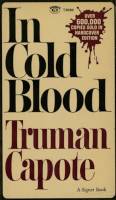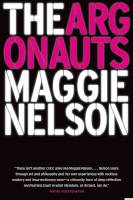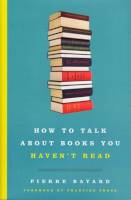Dr Tim Beasley-Murray explains more about the emphasis of the BA Creative Arts and Humanities programme on critique.
This degree is about learning to create. To do that, we will be watching films and performances, reading texts widely, and thinking critically about them so that you can learn how to create them well.
So, this degree is equally about learning to do what we call critique:
- reading, watching, thinking, and analysing;
- learning about what stories tell us – about good and evil; about love and power; about race, gender and class; about the world around us and ourselves;
- learning about where stories they come from and what they do today;
- learning about how stories work and how they are told; and
- articulating our ideas about them.
So, in your modules, you will discover the varieties of writing from Sumerian cuneiform to internet fanfiction.
You will explore performance from Ancient Greek tragedy to the performances of TV chefs and the opening ceremonies of the modern Olympic Games.
You will find out about the first flickering of film with the Lumière brothers and about digital storytelling and Netflix.
And you’ll find out that creative practice can be a form of critique – a way of making sense of the world – and that critique itself can be a form of creativity.
Three books that got me thinking critically:

In Cold Blood tells the true story of the murder of four members of the Clutter family in Kansas at the hands of drifters, Richard Hickock and Perry Smith. Complexly interweaving accounts of the victims and murderers lives and a dazzling description of rural community, ripped apart by violence, In Cold Blood was the product of six years’ of research and creative struggle and is the original non-fiction novel. Reading makes us think about how real life can be shaped into a story and about the way that a novel doesn’t have to be made up.

The Argonauts is a book that defies description. Part memoir, part philosophical reflection, part love-story. Nelson’s fragmentary text explores topics like the body, death, the limits of language, and, above all, the author’s relationship with her partner, the transgender artist, Harry Dodge, and his transition. The Argonauts is about what it means to change and to stay the same: it gets its title from the story of the sailors of the legendary ship, the Argo, who replaced every timber of their boat but did not change its name. Nelson’s is both creative and critical and shows us how writing can itself change and take on new forms.

This isn’t not a cheat’s guide to literary classics. Rather, it is a witty exploration of what it means to have read something, or not. So, for example, if you read a book ten years ago when you were a very different person, can you still say that you have read it today? Bayard shows us that all reading also involves forgetting, that non-reading might be as important as reading, and helps us not to read with confidence. And he shows us that thinking and writing critically can also be playful and creative.
 Close
Close

